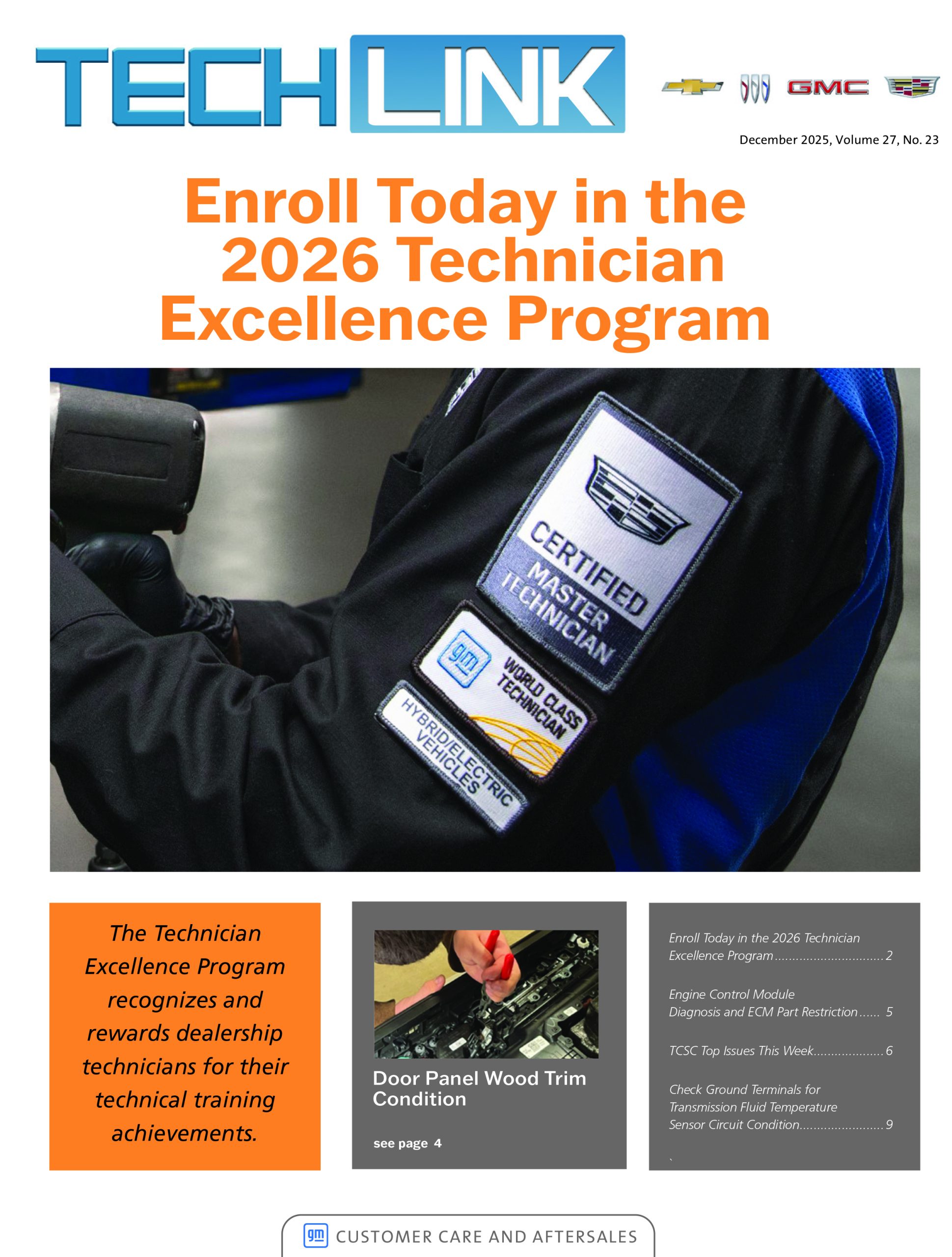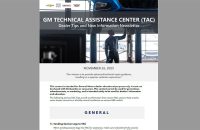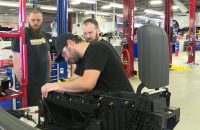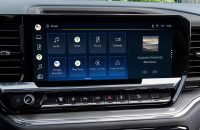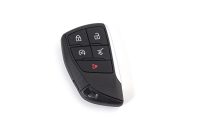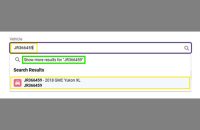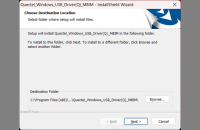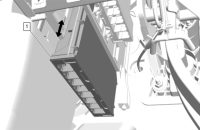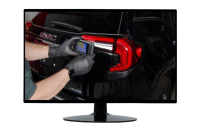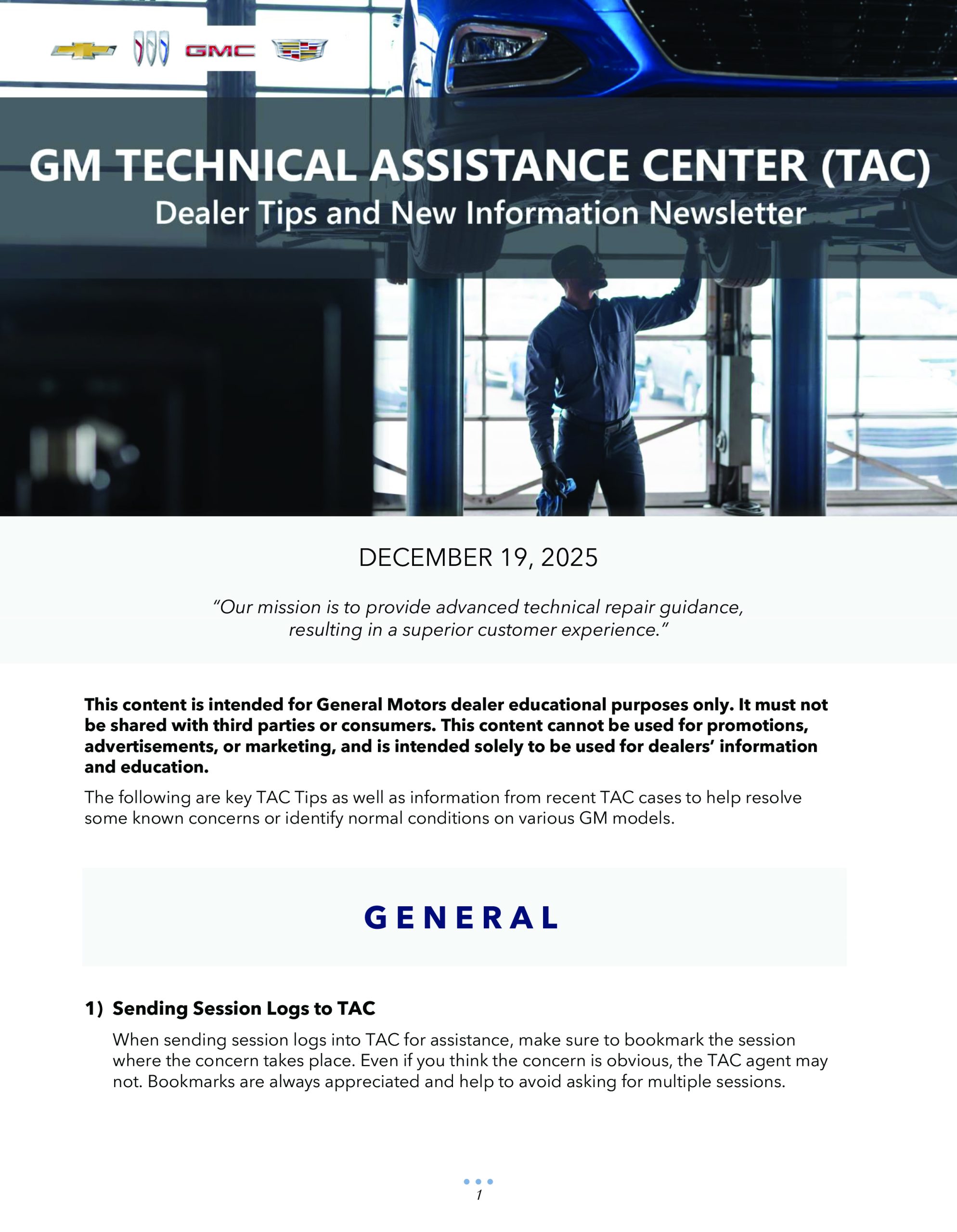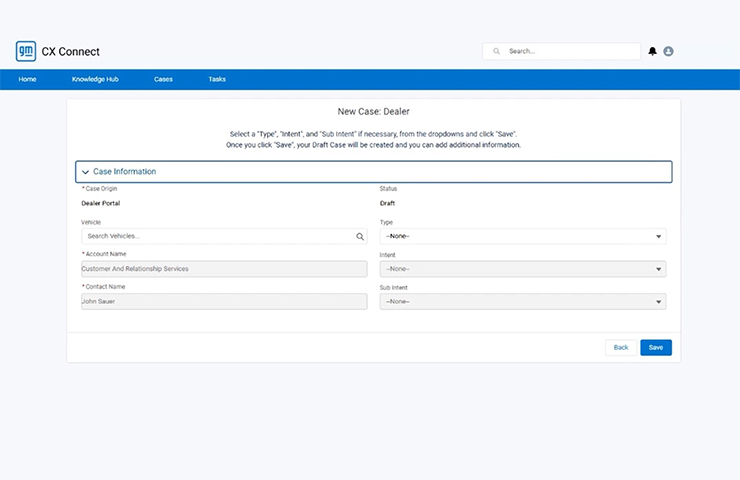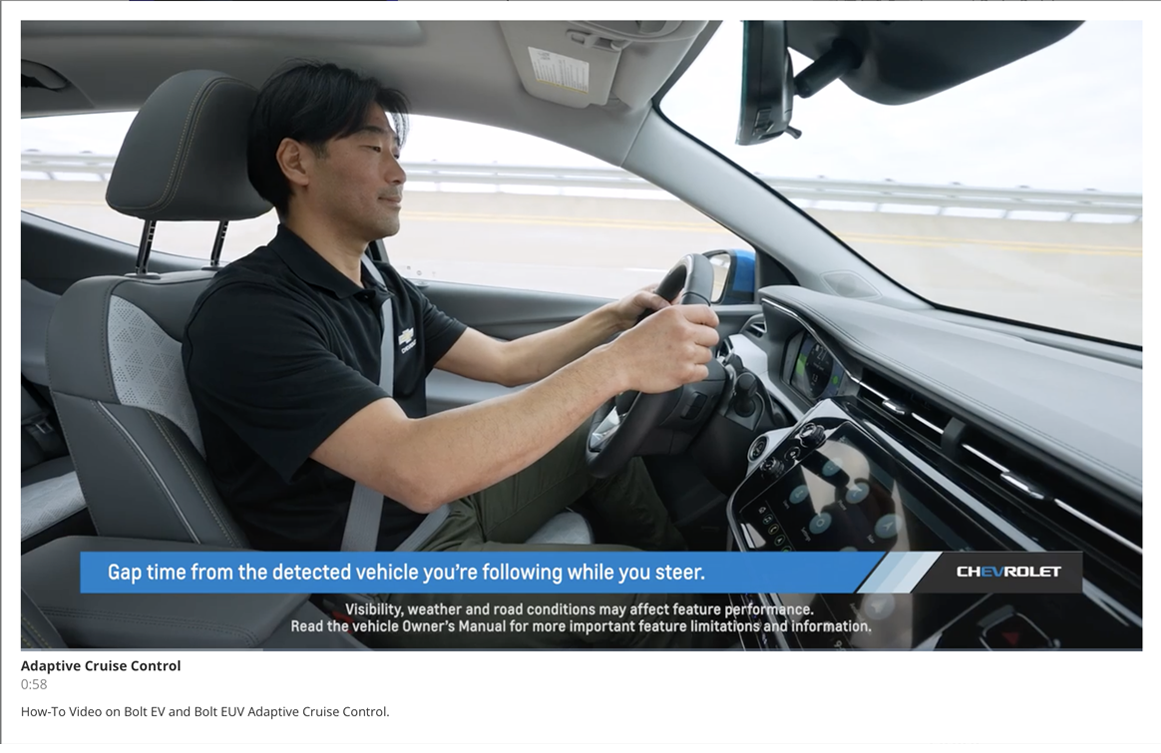Whine sounds, or similar sounds, from the 10-speed automatic transmission on some 2020-2025 CT4, CT5, Escalade, Camaro, Silverado 1500, Tahoe, Suburban, Sierra 1500 and Yukon models equipped with the 10L60/80/90 transmission (RPO M6F, ML1, ML2, ML4, MHO, MHS, MHT, MHU, MHW, MHX, MQA, MQB, MQC) may be caused by several possible sources or components.
To help with transmission diagnosis, a bulletin has been released with examples of possible transmission sounds that may be heard and the components that may produce those sounds. Some of these sounds are normal at certain temperatures or states of operation, while others may require additional diagnosis.
Transmission Auxiliary Pump Prime
Transmissions equipped with automatic start/stop use an electronic G5 transmission fluid pump that maintains transmission fluid pressure during an auto stop event. (Fig. 14) With the engine off and the transmission in Park, the cycling of the auxiliary pump may be heard when approaching or unlocking the vehicle if the ambient background level is low, such as in a garage. This operation is normal.
 Fig. 14
Fig. 14
Transmission Oil Pump Aeration/Cavitation
Aeration — an introduction of air into the transmission fluid (pump inlet) — may lead to an erratic whining sound due to uneven distribution of the air with the transmission in Park. (Fig. 15) Cavitation may occur when cavities are formed due to a drop in fluid pressure (outlet). Rattling, whirling/roaring or grinding sounds are all possible and may be the result of a low fluid level, a filter condition, a damaged O-ring or other condition with a DTC set.
 Fig. 15
Fig. 15
Transmission Oil Pump Gear Mesh Whine
The Allison 10-speed transmission uses a spur gear design to drive the transmission oil pump. (Fig. 16) Due to the 3-helical gear design, some transmissions may have a whine sound while in Park or driving, which may get louder as engine speed or transmission temperature increases.
 Fig. 16
Fig. 16
Isolating the whine to the oil pump gears can often be done by sweeping engine speed slowly from base idle to 2,500 RPM while in Park. If the whine can be reproduced in Park, replacing the transmission front support and/or transmission oil pump often will correct the whine sound.
TIP: Some 4-cylinder CSS engines (RPO LSY, L3B) may generate their own set of whine noises from the balance shafts/timing drives that may make isolating the transmission whine more difficult.
Blowoff Valve Chirp
A faint, non-rhythmic chirping sound coming from underneath the vehicle with the transmission in Park and engine speed approximately 1,000 RPM (vehicles with ETRS only) may be caused by the Return-to-Park (RTP) blowoff valve becoming unseated due to line pressure spikes. (Fig. 17) The line pressure spikes occur because of clutch command cycling that takes place in Park. This condition is considered normal if the noise occurs just off idle speed.
 Fig. 17
Fig. 17
Garage Shift Clunk
An infrequent audible thud that is delayed 400–700ms after either a key start or a garage shift event, with the severity of the sound depending on the load placed on the driveline, may be related to the C2 clutch application at high line pressure, which causes the rotating components in Park to stop too quickly. (Fig. 18) The C2 clutch calibration has been modified to assure the C2 knockdown area is pressurized in Park and Neutral when C2 is being applied.
 Fig. 18
Fig. 18
Reaction Gearset Whine
A whine from the reaction planetary gearset may be heard during light to moderate driving conditions, especially when the reaction gearset is in 4th or 5th gear (20-35 MPH) (32-56 KM/H). (Fig. 19) The frequency of the whine will change as the transmission shifts gears due to component rotation speeds changing. Use the manual tap shift feature to shift through the gears to verify which gears have a whine sound present.
TIP: A whine sound from the reaction gearset should not be present in 7th gear due to the 1:1 ratio and the gears being locked. If a whine is present in 7th gear, check other components.
 Fig. 19
Fig. 19
Underbody Gear Rattle
The size of the idler gear inner diameter can affect the interference fit of the pressed-in bearing, reducing the overall axial/radial clearance of the bearing balls, and may produce a rattle during light acceleration in 7th gear only. (Fig. 20) A high interference fit can create the gear rattle. Increasing line pressure can reduce the rattle by overcoming the drag torque.
 Fig. 20
Fig. 20
For more information, including the video links with sound files, refer to Bulletin #24-NA-264.
Thanks to Mark Gordon

